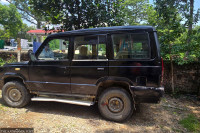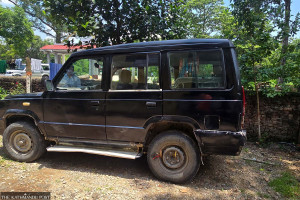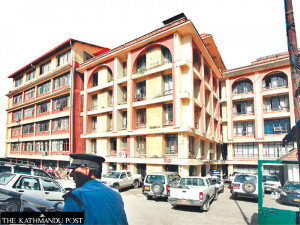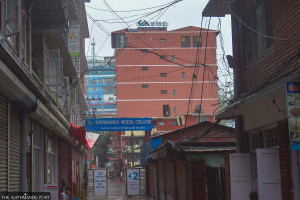Madhesh Province
As checks tighten, Tarai smugglers use SUVs to sneak sal logs to India
From bicycles to SUVs, authorities have seized over 1,000 vehicles and 3,700 cubic feet of timber over the past few years.
Shiva Puri
The dark of night in Bhasedawa village in ward 1 of Katahariya Municipality, Rautahat, looked deceptively quiet when a Mahindra Scorpio SUV rolled down a dirt track on July 31. Acting on a tip-off, a forest patrol team intercepted the vehicle for inspection. The driver fled before anyone could question him. At first, the forest officials suspected little. Scorpios—synonymous with prestige in Madhesh—were rarely associated with timber smuggling. But when officials tore out the rear seats, they found four freshly cut logs of sal trees stuffed inside.
The seizure stunned even veteran forest officers. “Earlier, timber smugglers relied on carts, tractors, bicycles, or trucks,” said Hemant Kumar Sah, chief of the Division Forest Office in Chandranigahapur. “Now they are hiding sal logs inside SUVs like Scorpios, Tata Sumos, and Boleros. It’s an unbelievable new trend,” he added.
Two days later, police at Chandranigahapur stopped another Scorpio—bearing Indian registration number—at Beladi in ward 6 of Chandrapur Municipality and recovered five logs concealed under its seats. Similar incidents have multiplied across the Madhesh, with luxury vehicles becoming the smugglers’ tool of choice apparently to hoodwink the authorities.
Until a decade ago, timber smuggling in Madhesh was a routine traditional affair. The smugglers cut sal trees mainly inside national forests, loaded logs on bicycles or bullock carts, and slipped them across border towns under cover of darkness. Trucks and tractors later replaced bicycles, but they drew too much attention. Frequent checking on the highways led to large seizures.
Smugglers have since refined their methods. “When trucks get caught easily, they switch to passenger jeeps,” explained forester Binod Jethar, who led the July 31 operation. “Now they even buy stolen SUVs from India, disguise them with Nepali number plates, and load logs small enough to fit inside.”
Officials say most of these vehicles are purchased cheaply in Indian border towns, sometimes for just IRs 200,000–300,000. Their Indian registered plates are quickly removed, new Nepali plates forged to avoid suspicion at police checkpoints. “Every Scorpio we seized in the last six months carried counterfeit Nepali number plates,” Sah said. “Transport offices confirmed many were stolen from India. This makes it almost impossible to trace the real owners.”
The scale of the problem is growing. According to data available at the division forest offices of Madhesh province, authorities have confiscated a total of 1,020 vehicles used in timber smuggling over the past few years—ranging from bicycles and motorcycles to jeeps and trucks. More than 3,700 cubic feet of timber has been seized during raids.
Last month alone, an Armed Police Force patrol intercepted an Indian-registered Tata Safari loaded with 20 cubic feet of sal logs along the Lalbakaiya river in Gujara Municipality. The driver again fled, leaving the vehicle behind. “We never thought a luxury SUV used by the wealthy would carry smuggled timber,” an officer admitted.
The challenge, experts say, lies not just in interception but in prosecution. Vehicles often lack proper papers, making it difficult to connect them to ringleaders. “Fake number plates mean the trail ends quickly,” a forest officer in Sarlahi said. “This is why the masterminds remain untouchable.”
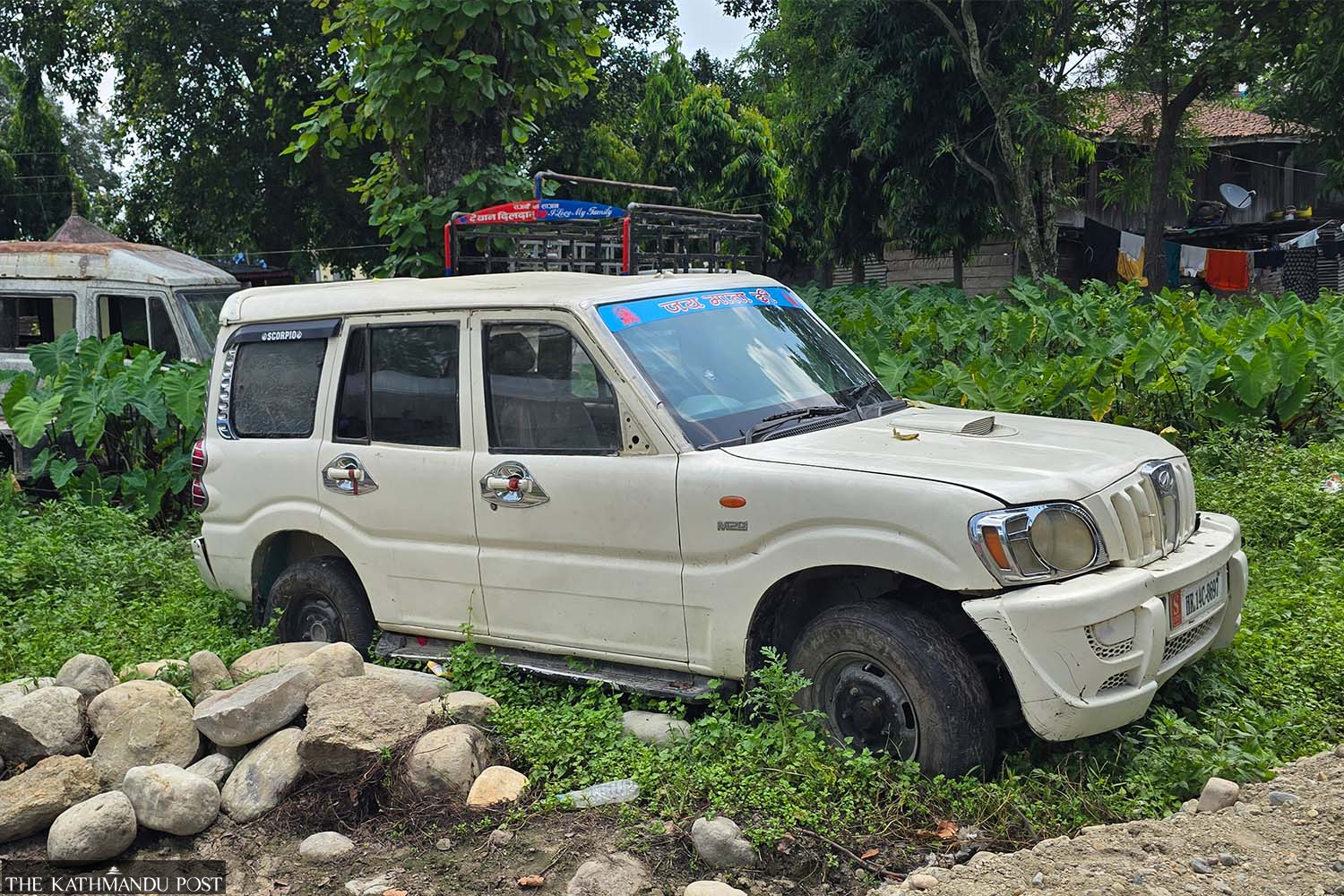
Sal wood is one of the most valuable timbers in the country, prized for furniture and construction. Growing urbanisation in southern Nepal and demand from Indian markets fuel the black trade. Prices for raw sal logs can exceed around Rs 2,500 per cubic foot locally, while across the border they fetch even higher returns.
For smugglers, the profits are worth the risks. “Cutting a tree and moving a few logs can earn more than months of farm work,” explained ranger Bikash Lamichhane, who seized a Bolero pickup with 85 cubic feet of timber near Dhansar in Rautahat last month. “That’s why even educated youth are tempted to join the trade.”
In June, during a workshop at Bardibas in Mahottari, Madhesh Forest Secretary Uddhav Bahadur Ghimire warned that smugglers were adopting “new tricks every month.” They sometimes transport logs in broad daylight or disguise them under layers of hay and other goods to escape notice. “We need stronger surveillance, from checkpoints to drone patrols,” Ghimire argued.
The forest authorities and security personnel seized as many as 21 SUVs like Mahindra Scorpio, Tata Safari and Toyota in Rautahat alone over the past five years. Similarly, four trucks, eight tractors, 31 motorcycles and 270 bicycles used in smuggling timber were seized in the district during the same period of time.
In Rautahat, enforcement agencies have begun joint night patrols involving the Division Forest Office, Armed Police Force, and local informants. Timber theft hotspots include Dhansar, Chandranigahapur, Rangapur, and Gaidatar forests. Officials have been authorised to open fire if necessary. “It’s that serious,” said Sah.
But challenges remain. Limited manpower, political interference, and corruption at checkpoints weaken enforcement. Environmentalists have long accused officials of collusion, with some seizures allegedly staged while bigger consignments slip through.
The ecological cost is heavy. Losing sal forests, according to experts, means losing critical habitat for endangered species and worsening climate risks.




 19.61°C Kathmandu
19.61°C Kathmandu


